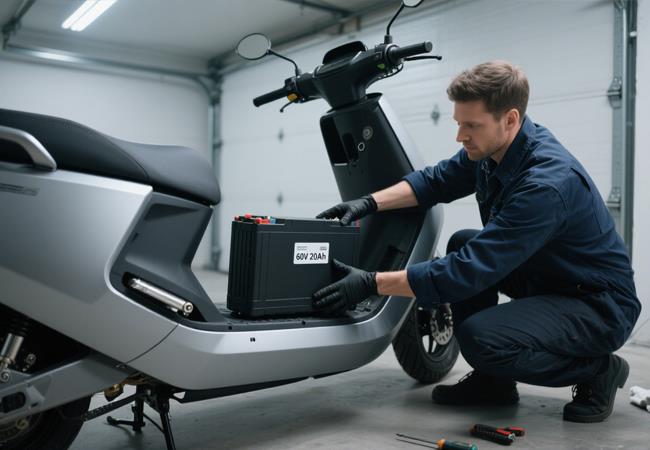
Why Lithium-Ion Batteries Fail To Charge After Discharge: Roles Of Battery Management System
First, identify the battery's discharge level when it can't charge. The first type is mild discharge: this triggers the over-discharge protection of the BMS. The BMS works normally here, cutting off the discharge MOSFET to stop power output. As a result, the battery can't discharge, and external devices may not detect its voltage. Charger type affects charging success: chargers with voltage identification need to detect external voltage to start charging, while those with activation functions can directly charge batteries under BMS over-discharge protection.
The second type is severe discharge: when the battery voltage drops to around 1-2 volts, the BMS chip fails to operate, causing low-voltage lockout. Replacing chargers won't help, but a solution exists: bypass the BMS to replenish power directly to the battery. However, this requires disassembling the battery, so non-professionals must exercise caution.
Understanding these discharge states and the BMS's role helps users avoid unnecessary battery replacement. For long-term storage, charge lithium-ion batteries to 50%-70% and top up every 1-2 weeks-this prevents severe discharge and extends battery life.

Legal Disclaimer:
MENAFN provides the
information “as is” without warranty of any kind. We do not accept
any responsibility or liability for the accuracy, content, images,
videos, licenses, completeness, legality, or reliability of the information
contained in this article. If you have any complaints or copyright
issues related to this article, kindly contact the provider above.















Comments
No comment